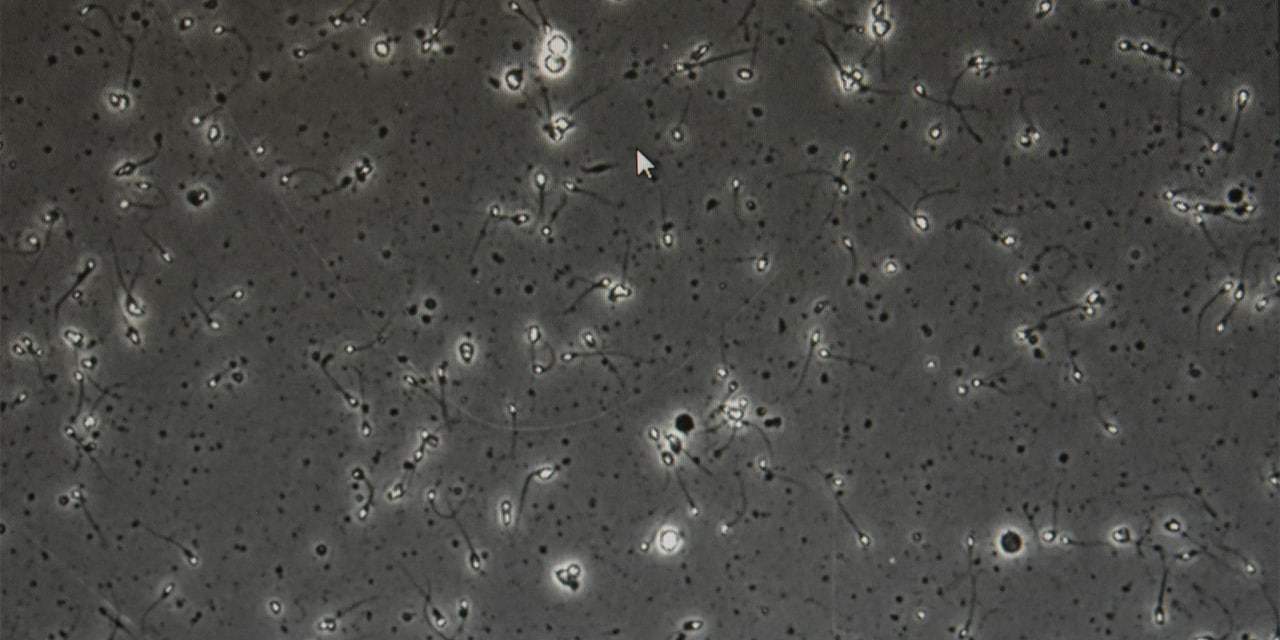If you have never heard of mosaic embryos, this term may come as a bit of a surprise. They are so-called because these embryos contain both normal cells and cells with chromosomal abnormalities. This is caused by an error during embryo cell division, which cannot be foreseen or prevented.
The presence of chromosomal abnormalities in an embryo usually prevents implantation or causes a miscarriage because the embryo cannot continue to develop. More rarely, it can also give rise to certain conditions with different consequences: intellectual disability, neurodevelopmental delay, heart disease, functional problems, morphological alterations, etc. Therefore, when these are detected in prenatal diagnostic tests, it is advisable to perform a chorion biopsy or an amniocentesis to confirm the diagnosis and, if the result is positive, to assess the possibility of terminating the pregnancy.
In fertility treatments, when advanced maternal age or other circumstances increase the risk of the baby having a chromosomal abnormality, Preimplantation Genetic Diagnosis (PGD) is recommended. This technique makes it possible to know an embryo’s genetic information (DNA) by analysing a few of its cells, which are obtained by performing an embryo biopsy. A highly advanced technology called mass sequencing is used to analyse the DNA of these cells. This technology makes it possible to detect whether these cells are normal or have chromosomal abnormalities. If such abnormalities are detected, the transfer of the embryo to the mother’s uterus is discouraged.
What about mosaic embryos containing both “normal” cells and chromosomal abnormalities? In these cases, it is difficult to determine whether the embryo will be able to develop properly or not, as these abnormalities, even if they can be identified, are not present in all cells and sometimes do not affect embryo development. “It depends on the percentage of affected cells, the chromosomes involved and their location,” explains Dr Mónica Parriego, the biologist in charge of the Preimplantation Genetic Diagnosis (PGD) laboratory at Dexeus Mujer.
“That being said, although it has been found that mosaic embryos have a lower implantation rate and are associated with a higher rate of miscarriage, it has been proven that a certain percentage of them are capable of producing a full-term pregnancy that ends with the birth of a healthy baby. However, if the analysis of the embryo biopsy shows mosaicism, it is impossible to predict its further development”, adds Mónica Parriego.
This fact poses an important dilemma when deciding whether or not to transfer these embryos in fertility treatments, both for the medical team and the parents, especially when only mosaic embryos are available for transfer. Therefore, after a mosaic embryo diagnosis, patients are advised to have a genetic counselling appointment. At this consultation, the geneticist outlines the possible scenarios that may follow the embryo transfer, although no specific risks can be established. If a mosaic embryo transfer is performed and results in a pregnancy, closer monitoring, including more sensitive prenatal diagnostic tests such as amniocentesis, is recommended to confirm that the baby is developing properly.
Lluc Coll, an embryologist of the PGD team at Dexeus Mujer, has studied this type of embryo in depth. After analysing the different factors that could influence the generation of mosaicism, he determined that advanced paternal age could have a negative impact and generate more mosaic embryos. These results have been published in a leading scientific journal specialising in prenatal diagnosis.
Despite all the above, fortunately, there is more and more information about the reproductive prognosis of mosaic embryos. Recently published data from our team has shown high rates of progressive pregnancy after the transfer of mosaic embryos. Also, pregnancy follow-up data has shown that certain mosaic embryos have the same probability of giving birth to a healthy baby as chromosomally normal embryos, without any increased risk. This makes it possible to face their transfer with greater optimism and peace of mind. In any case, it is always advisable to ask for advice.
If you are interested in this subject or would like more information about the risk of having an embryo with chromosomal abnormalities, you can contact our Genetic counselling visit.


